Let’s urge FERC to improve Kennebec dams plan
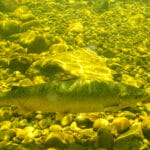
It is estimated that just a couple thousand adult salmon return each spring to rivers in Maine — the only state that still has Atlantic salmon migrations.

It is estimated that just a couple thousand adult salmon return each spring to rivers in Maine — the only state that still has Atlantic salmon migrations.
Permanent protection for Sáttítla/Medicine Lake Highlands California’s Medicine Lake Highlands are a unique area of public lands that serves as a vast natural water reservoir and the sole source of the Fall River and its famous trout fishery. Photo: Pit River Tribe Where is Sáttítla The Medicine Lake Highlands (“Sáttítla” to the Pit River Tribe)…

Alaska in early June is a time of transition. Snow melts off peaks, rivers rise with cold water and a group of students gather for the learning opportunity of a lifetime.
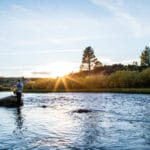
Fall trout fishing, as well as duck hunting, is underway on Nevada’s Truckee River. A coveted access point for Reno anglers and hunters is the Mustang Trailhead off Interstate 80, between Reno and Fernley.

A majority of Wisconsin’s 115 fish species, including native brook trout, need to move throughout a watershed seasonally or at varying stages in their lifecycle to feed, find cooler water, avoid predators and reach spawning habitat. Research conducted in the early 1990s in Northern Wisconsin documented the seasonal movement of trout. When water temperatures reached…
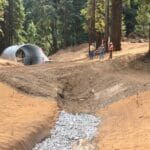
On the Mendocino Coast in California, an historic railway line is at the heart of a suite of restoration projects completed this year that will help imperiled fish species in one of the most important river systems on California’s North Coast for Coho Salmon and steelhead.

Ken Deaver shows his new fishing buddy, Jim Aylsworth, where to cast on a small headwater stream in Montana. Jim Aylsworth photo. The older I get the more I appreciate a good friend. A recent study by Dr. Marisa Franco published in Psychology Today concluded men have fewer close friends in comparison to women. For several years, I have participated in an online…
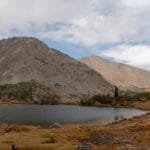
New leadership and investments in people reflect growing federal partnerships and project funding across the region.

Students from the Salisbury Central School (4th-8th grade) and Sharon Center School (1st – 8th grade) recently participated in a tree-planting event on Salmon Creek at Lime Rock Park in Northwest Connecticut. The event is part of an ongoing restoration initiative on the creek, a tributary to the Housatonic River. The work is helping to…
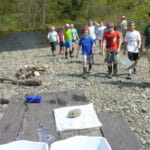
By Eliza Perrault What do agriculture, fisheries, forestry, soil conservation, wildlife and foraging have in common? Conservation, that’s what. Every spring, professionals from all areas of conservation gather for Coos County Conservation Day in Columbia, N .H., to share their passions with local fifth-grade school groups. Students spend half an hour at each station experiencing…
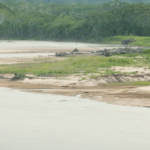
What do you get when you send one of the world’s best-known steelhead anglers into the Bolivian jungle with a spey rod? Some pretty impressive cinematography, to start. This is a land of wild rivers teeming with toothy fish, high-canopied jungles sheltering everything from jaguars to snakes as long as some of the dug-out canoes…
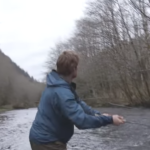
Want to feel small and insignificant? Take a look at this film below that follows a single trickle of water as it rises from vapor in the Pacific Ocean, moves west as part of a cloud over the Kitimat Range of northwestern British Columbia and then falls as a single snowflake high in the mountains.…
The Truchas Chapter, based in Santa Fe, New Mexico, has more than 500 members. We work to carry out TU’s vision in the waters of northern New Mexico through our conservation projects and youth programs, through our fund-raising efforts, and our communications and advocacy efforts. Through our conservation projects, the Truchas Chapter seeks to secure…
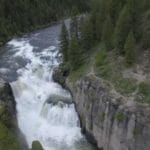
The salmonfly hatch on the Henry’s Fork of the Snake River is legendary. Check out this fun video of an epic adventure on the river below Lower Mesa Falls known as Cardiac Canyon from Henry’s Fork Anglers and KBL Studios. Anyone know how long the raft slide is to reach the water? I heard salmonflies…

Editor’s note: The TU Costa Five Rivers Program is sending five college students on a native trout odyssey across America this summer. Meet Matt Crockett, one of the five lucky participants. I have lived in Tennessee my entire life. I first began to fly fish in the Nashville area, where I grew up. I waded…
1/10/2000 The Facts about Atlantic Salmon: What Can We Do Better to Save Salmon? The Facts about Atlantic Salmon: What Can We Do Better to Save Salmon? Contact: 1/10/2000 — — Governor King says the Maine Salmon Plan is “a comprehensive, cooperative approach that identifies every threat to the salmon within our control and sets…